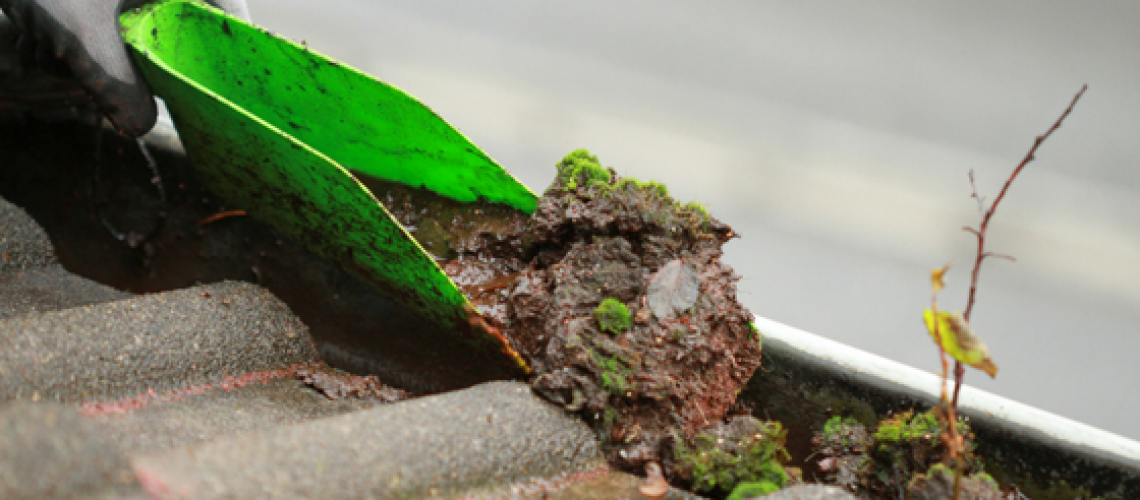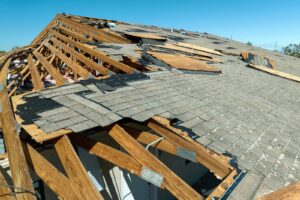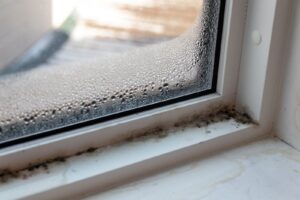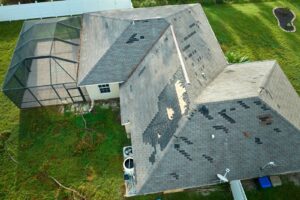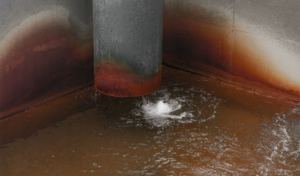There are plenty of things to do around your home, it can be easy to forget some of the seemingly less important tasks like cleaning out the rain gutters. While it may seem like an inconsequential chore, it is actually one that is very important for the well-being of your home.
It may be hard to think about right now in the middle of summer, but when the weather starts to cool down and the rain is pouring down, failing to clean out your rain gutters can open your home up to flooding. When the rain falls on your roof and is unable to flow properly into your rain gutters, downspouts, and away from your home, water will find a new path to travel. Often times without traveling a set path by your gutters, it’ll follow gravity. Sometimes this may be away from your home, but unfortunately other times it will lead rain right into your home.
When this happens you may be left dealing with a basement flood or other flooding in your home and ultimately requiring flood damage cleanup. When you look into hiring home restoration services you’ll want to make sure you hire a company you can count on. Before looking into Servpro cleaning rates or fire and water damage restoration companies, choose Utah’s #1 flood and water damage restoration experts — RestoreMasters. It’s important that you hire disaster cleanup near you quickly because the longer the water sits, the worse it will get.
To avoid unnecessary damage, make sure you know how to properly clean out rain gutters on your home. First, you’ll need to remove the gutter covers. These are great to have on your gutters to help keep out the majority of the debris and can help keep your gutters clearer between cleanings. Next, get some heavy duty gloves and begin scooping out the debris. Once you’ve cleanout out as much of the leaves, twigs, and other debris as you can you’ll want to flush the gutters with water. This will help loosen any remaining gunk and get them even cleaner. It also allows you to check the flow of your gutters to make sure everything is working correctly and the water is flowing where it’s supposed to.
Next, you’ll want to make sure that the water flows just as well in your downspouts as it does in your gutters. Get your hose and with the hose on full-force spray down your downspout. If the water comes out the bottom in equal value you know there is no clog. If there is less or slower water coming out you’ll want to put your hose up the bottom of your downspout and spray until the clog is worked out. Lastly, make sure all of your gutters are securely attached to your home so that there is no chance of them coming loose during a particularly heavy rainstorm.

